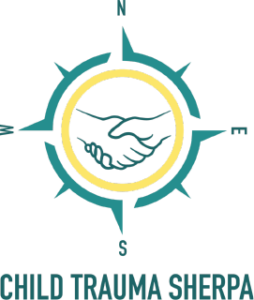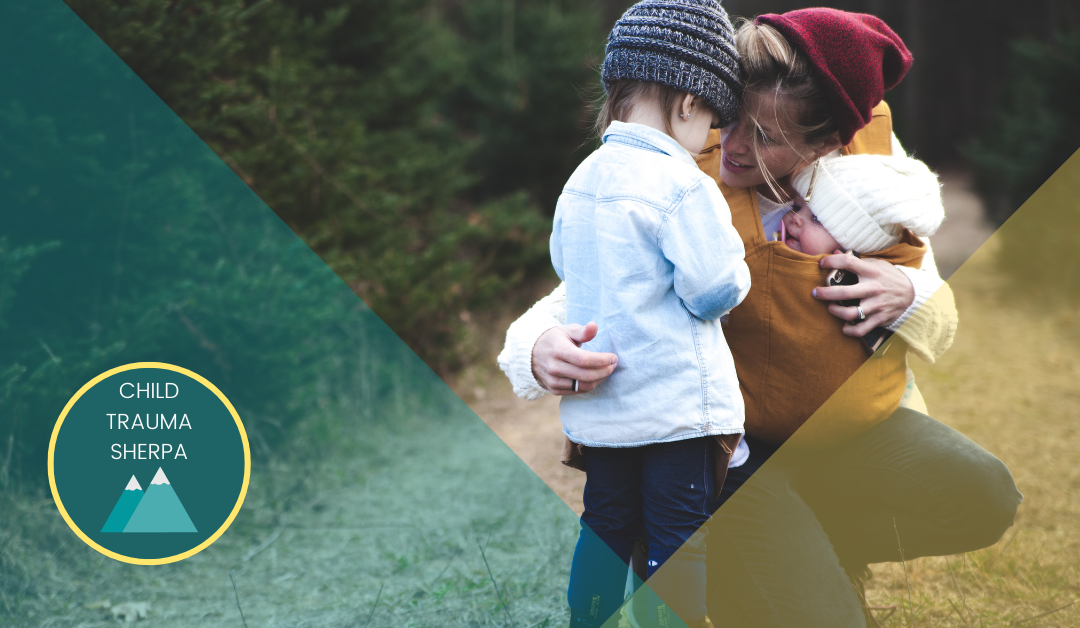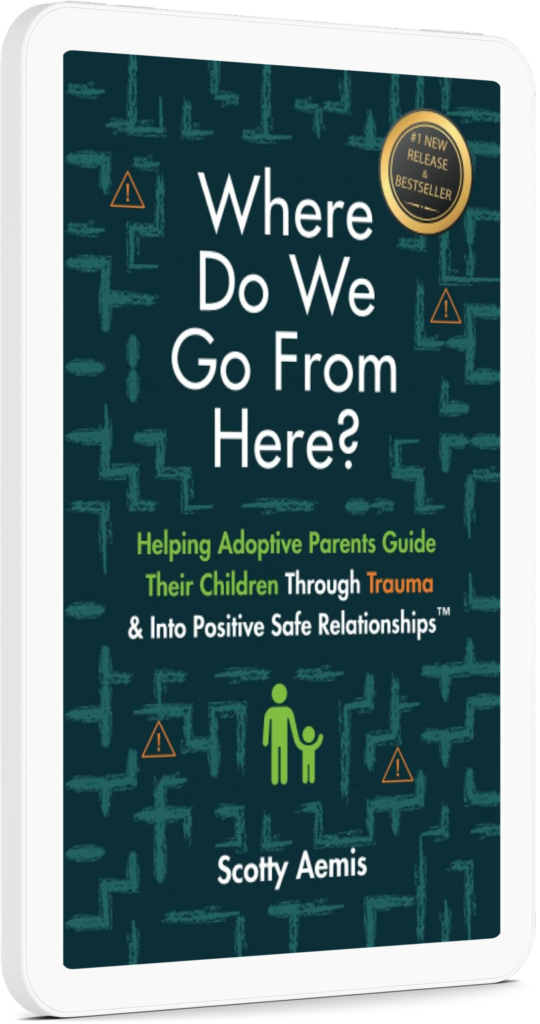The Lifelong Consequences of Untreated Childhood Trauma Could Include Jail Time
My focus is on healing childhood trauma. It’s for good reason too. Not only does it help improve your own mental health, but it can vastly improve your life.
To expound on that point, today I want to take a look at the link between untreated childhood trauma and incarceration. It might feel like a stretch but research shows childhood trauma and adverse childhood events can lead to increased chances of incarceration. Trauma affects how the brain functions; areas of the brain that are in charge of decision-making, self-control, and risk assessment are impacted by trauma. Without healing in these areas, behavior modification techniques can feel hopeless. Therefore, unhealed trauma can have lifelong consequences!
Risky behaviors such as stealing and drug and alcohol abuse can lead to incarceration and, at worst, death. Poor decision-making as a result of lacking self-control and risk assessment can be seen in young children and without proper healing can lead into teenage and young adulthood.
By the Numbers
According to the Centers for Disease Control (CDC), a whopping 64% of the U.S. population has at least one adverse childhood experience (ACE). That’s just over half of the populace that have experienced a traumatic event.
The Compassion Prison Project, a non-profit that works to create trauma-informed prisons, has delved into the data further by looking into the link between ACEs and incarceration. They found that an overwhelming percentage, 98% to be exact, of the prison population in the U.S. has at least one ACE.
The Compassion Prison Project broke that down further by looking by type of ACE, by gender, and by the general population vs. the incarcerated population. I’ll cover some of the most striking statistics here.
“Parents Living Apart” was the most prevalent ACE for those who are incarcerated. 70% of men and 70% of women who are incarcerated have this ACE. This is compared to 28% of the general population for both genders.
“Substance Abuse” and “Emotional Abuse” were the next two most common ACEs for the incarcerated population. 63% of incarcerated men and 63% of incarcerated women have experienced substance abuse in some form (either personal use or use by a family member). Compare this to only 27% of men and 29% of women in the general population. 63% of men and 59% of women who are incarcerated have experienced emotional abuse while only 35% of men and 34% of women in the general population have.
But what is even more striking is how the number of untreated ACEs can compound on one another. Without intervention, those who have experienced 4 or more ACEs (complex trauma) were found to be nearly six times more likely to engage in illicit drug use, seven times more likely to go to prison, and 15 times more likely to attempt suicide.
These numbers are dire and call for our attention to provide help.
Insights on the Data
Just having a single ACE does not mean you are destined for prison, but having multiple untreated ACEs can lead to behaviors that can mean jail time. These behaviors can include self-medicating with drugs or alcohol; mood disorders; and risky behaviors such as dangerous physical stunts, promiscuity, theft, and other similar behaviors.
The Takeaway
These risky behaviors, however, aren’t just bad behavior by bad people. These behaviors are a cry for help by people who are suffering emotionally and physically from untreated childhood trauma. We have to show compassion to people with untreated trauma and help them to heal.
While healing from childhood trauma is a difficult process at any age, it is even more difficult after the age of 25. This is due to the fact that brain development slows or stops at that age. This doesn’t mean that it is impossible; there is hope no matter your age! Everyone’s journey to healing is different, and fortunately, there are many options available to help you heal.
If you are suffering from untreated childhood trauma, or are a concerned guardian of a child with trauma, I encourage you to join our community. Here, you will find support, encouragement, and resources.


